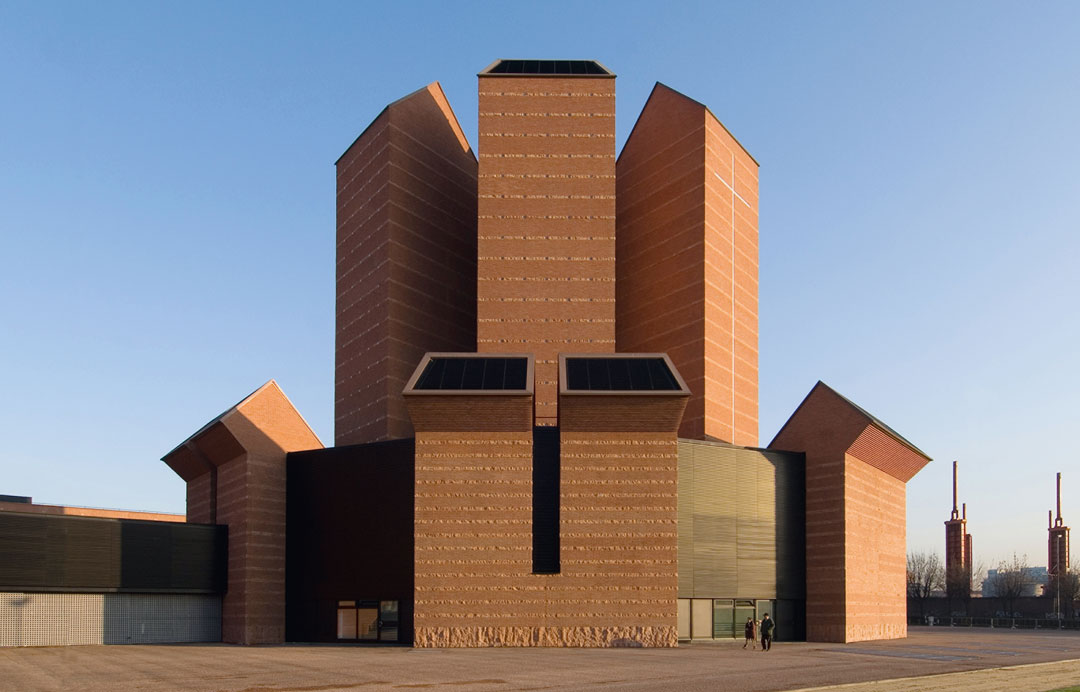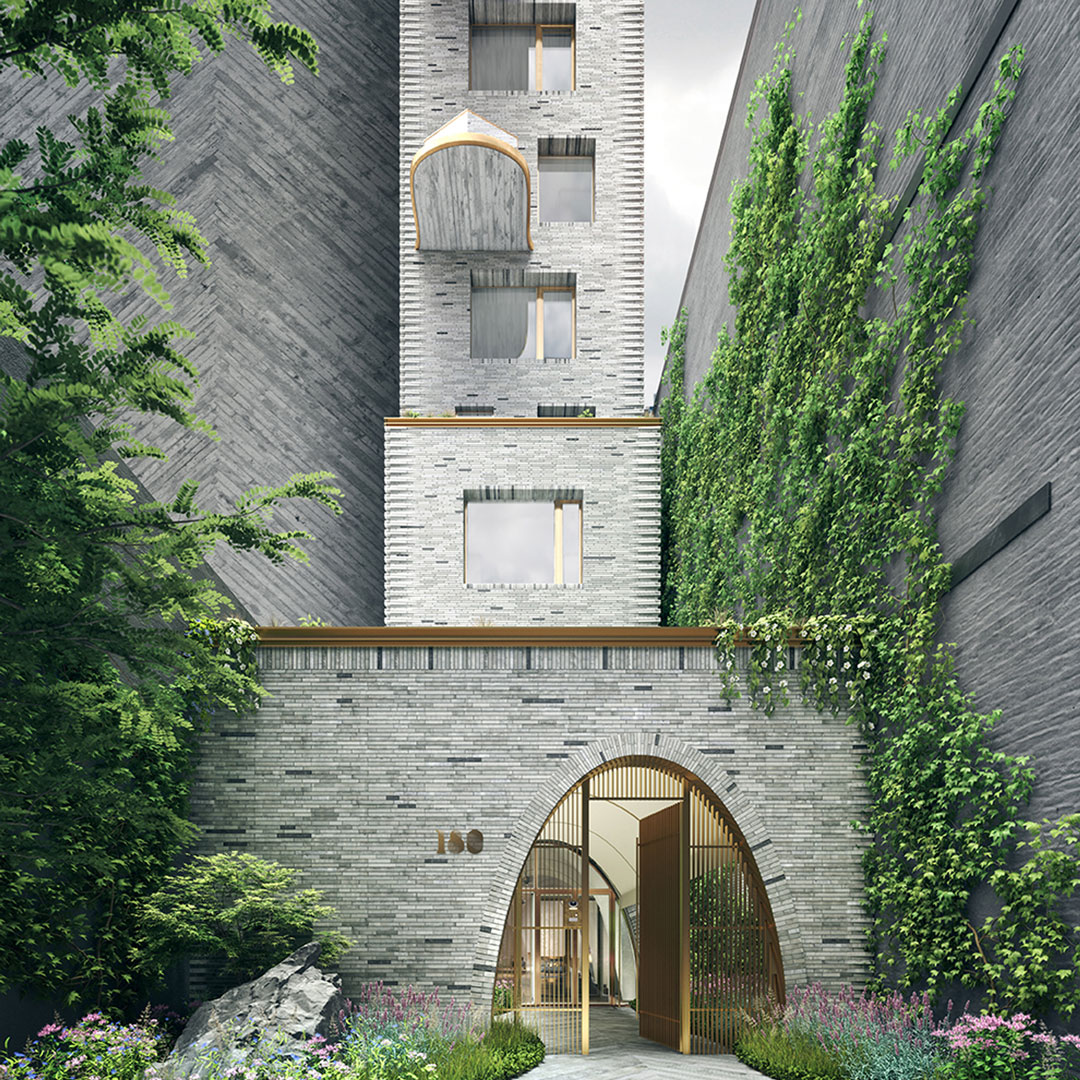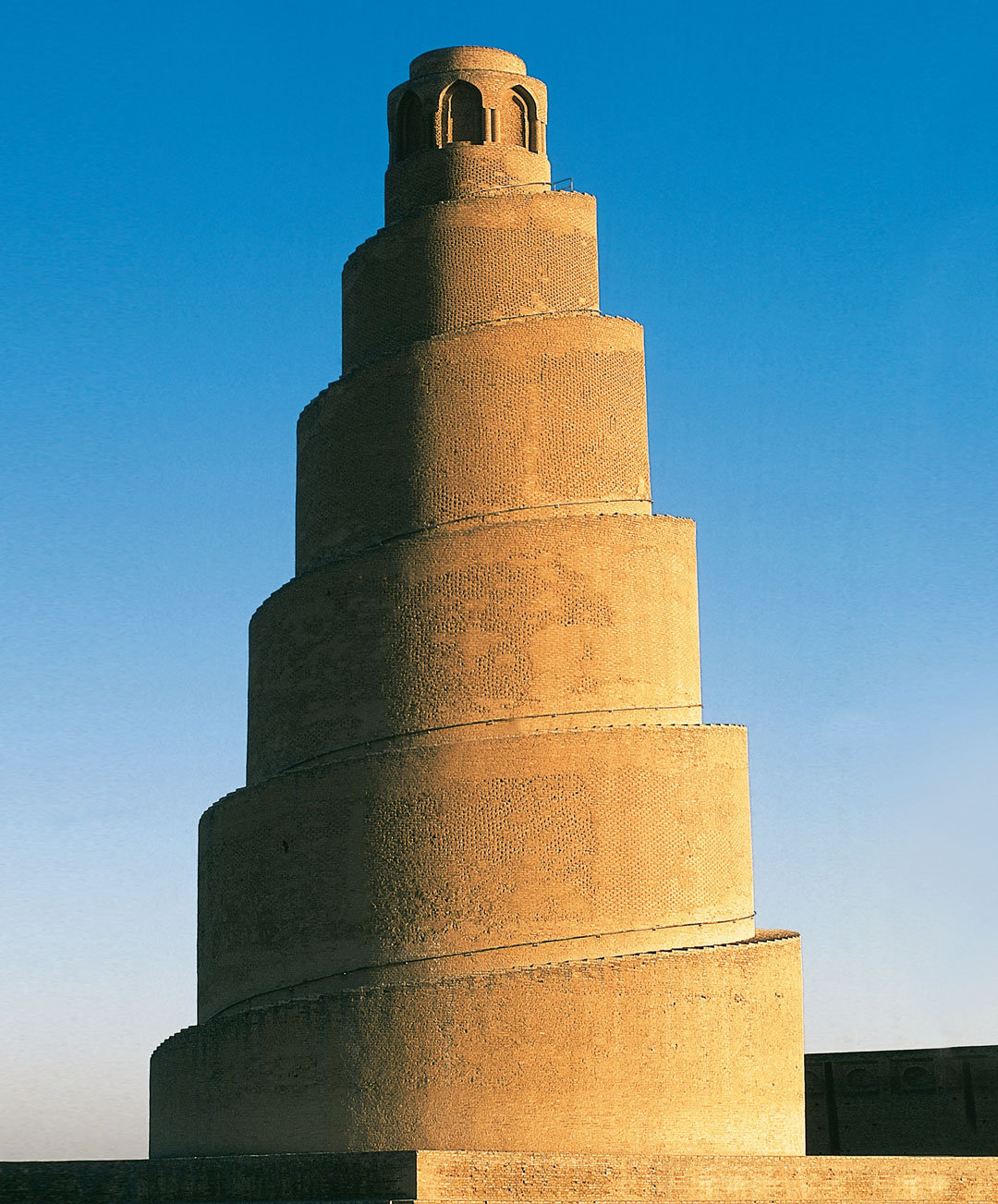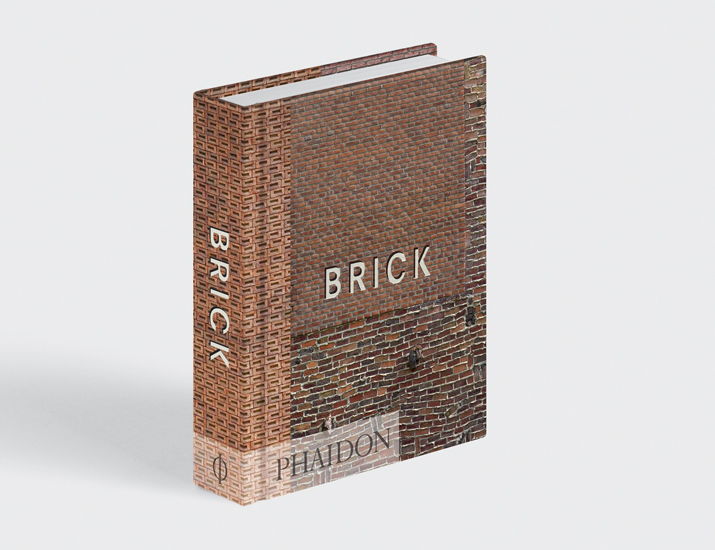
The ancient building block that’s so in right now
New York’s newest luxury condos are using the same building material as Mesopotamia's oldest temples. Why?
180 East 88th Street, the new residential building currently being completed on New York’s Upper East Side is about as modern a skyscraper as you’re likely to come across. Residents in this 31-storey tower block will have access to a wine tasting room, a games room, an indoor partial basketball court and soccer pitch, a lounge and a fitness and yoga studio. However, 180 East 88th Street’s private, gated entry is clad in slim, dark, imported Danish Kolumba bricks.

And the use of this ancient building material in contemporary architecture isn’t restricted to Manhattan’s condominiums. Mario Botta’s Santo Volto church in Turin, Italy (top image), was built in 2006 to accommodate a new congregation of residents from across the city. Its seven brick towers reflect the sites’ heritage as a former steelworks.
David Chipperfield and Karakusevic Carson’s new, hexagonal Hoxton Press buildings in East London are clad in brick, which, the practices say, give these buildings a somewhat sculptural appearance and we agree. The material also provides the buildings with many enviable, modern properties, as the architectural historian and TV presenter Dan Cruickshank explains in our new mini format version of Brick.

“Unlike many other hard building materials, bricks breathe, almost as living beings,” he writes. “Their open cell structure makes them wind-proof but breathable, which means they are the ideal material for homes. They also offer superb insulation – helping interiors remain cool during a hot summer and warm in cold winters. Since they also function as heat reservoirs because of their high heat retention capacity, bricks can actively help warm a room. In a brilliant manner the heat stored during the day is gently released when outside temperatures fall.”
Cruikshank knows that some of the first cities made by man, such as Uruk in Mesopotamia and Harappa and Mohenjo-Daro in the Indus Valley, utilized brick. Yet far from being simply an ancient material, our new edition of Brick shows that these building blocks are just as important (and occasionally revolutionary) in today’s world as they were six thousand years ago.

To see just how we’ve used bricks over the centuries, buy a copy of Brick here. Presenting 180 diverse and fascinating examples, from the Ziggurat of Ur dating from 2100 B.C. to modern and contemporary masterpieces by Mies van der Rohe and Kazuyo Sejima, Brick beautifully illustrates how this humble material has been an architectural staple for centuries. Find out more here.